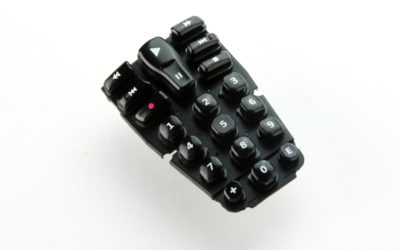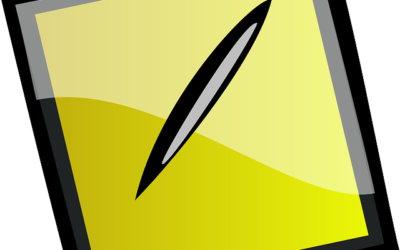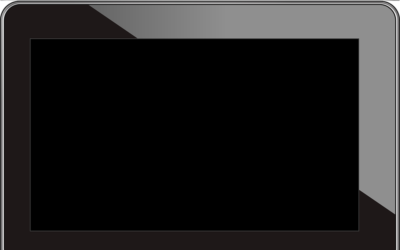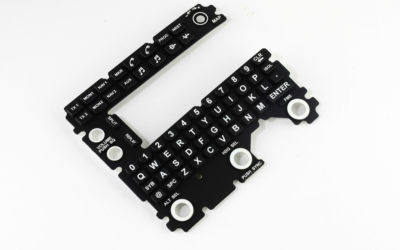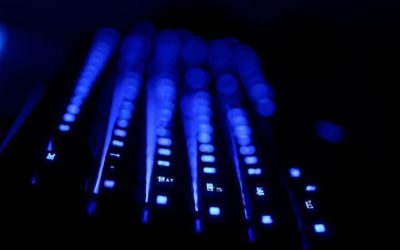News
No Results Found
The page you requested could not be found. Try refining your search, or use the navigation above to locate the post.
No Results Found
The page you requested could not be found. Try refining your search, or use the navigation above to locate the post.
No Results Found
The page you requested could not be found. Try refining your search, or use the navigation above to locate the post.
A Crash Course on Capacitive Switches and How They Work
Capacitive switches have become a popular alternative to mechanical switches. Touching them will open or close a circuit. While mechanical switches are designed to control a circuit as well, they aren’t the same as capacitive switches. Capacitive switches are touch...
Frequently Asked Questions About UV Keypads
When shopping for keypads, you may encounter ultraviolet (UV) keypads. They are commonly used in industrial controls, remotes, laboratory equipment, medical devices, laptop keyboards and more. Like all keypads, UV keypads allow you to control a machine or device by...
Passive vs Active Stylus: What’s the Difference?
Styluses are commonly used with touchscreens. As you may know, they are pen-shaped input devices. You can touch a stylus against the display interface of a touchscreen to perform a touch command. While there are many different types of styluses, however, most of them...
5 Things to Consider When Choosing a Resistive Touchscreen
Resistive touchscreens are a popular alternative to capacitive touchscreens. They are able to detect and respond to touch commands -- just like all touchscreens. Resistive touchscreens, however, feature a unique design consisting of multiple electrically resistive...
How to Choose Light Guides: What You Should Know
For better light distribution -- as well as increased energy efficiency -- you should consider adding light guides to your device. Light guides are commonly used with keypads, switches, dome arrays, human machine interfaces (HMIs) and other devices. They are designed...
What Are Light-Emitting Diode (LED) Keyboards?
When researching keyboard technologies, you may come across light-emitting diode (LED). LED keyboards are built into many laptops, and they are sold separately as external peripherals. While available in the same key layouts as other keyboards, LED keyboards stan out...
The Pros and Cons of In-Plane Switching (IPS) Displays
In-plane switching (IPS) displays are on the rise. IPS displays use a specific type liquid-crystal display (LCD) technology in which the liquid pixels are aligned parallel to the glass panels in front of and behind them. When exposed to an electrical field, the liquid...
Technology tips worth knowing
Pros and Cons of Organic Light-Emitting Displays (OLEDs)
Organic light-emitting displays (OLEDs) are on the rise. While still relatively new, you can now found in smartphones, tablets, computer monitors, televisions and more. OLEDs are display devices that use an advanced type of light-emitting diode (LED) technology. They...
5 Reasons to Choose an LCD Over a CRT
Liquid-crystal display (LCD) has become the world's most popular display technology. Whether you're shopping for a computer monitor, a tablet or any other display device, it will probably feature LCD technology. LCD, of course, hasn't always been the predominant...
CCFL LCDs vs LED LCDs: What’s the Difference?
Not all liquid-crystal displays (LCDs) are the same. While they all feature liquid pixels comprised in a separate layer, there are different types of LCDs. Some of them feature cold-cathode fluorescent lamps (CCFLs), for instance, whereas others feature light-emitting...
What Is a Super-Twisted Nematic (STN) Display?
Have you come across a display device that uses super-twisted nematic (STN) technology? If so, you might be wondering how it works. STN displays are capable of producing images just like all other displays. With STN technology, though, they offer some unique benefits....
What Is Temporal Performance in LCDs?
When researching specifications for liquid-crystal displays (LCDs), you may come across temporal performance. All LCDs have a temporal performance rate. Also known as the refresh rate, it plays an important role in the overall quality of an LCD's images. Temporal...
The End of Cathode-Ray Tube (CRT) Displays
It wasn't long ago when cathode-ray tube (CRT) dominated the display market. In the past, most displays -- televisions, computer monitors, etc. -- used CRT technology. CRT, in fact, has become synonymous with old-style displays. Like many other display technologies,...
5 Tips on How to Clean an LCD
Do you own a liquid-crystal display (LCD)? If so, you'll need to clean it. Like all display technologies, LCDs can accumulate dust and debris. If left unchecked, the presence of this dirt and debris can degrade the quality and performance of your LCD. Cleaning an LCD,...


